How California’s Highest Surf in Years Could Affect Surf Fishing
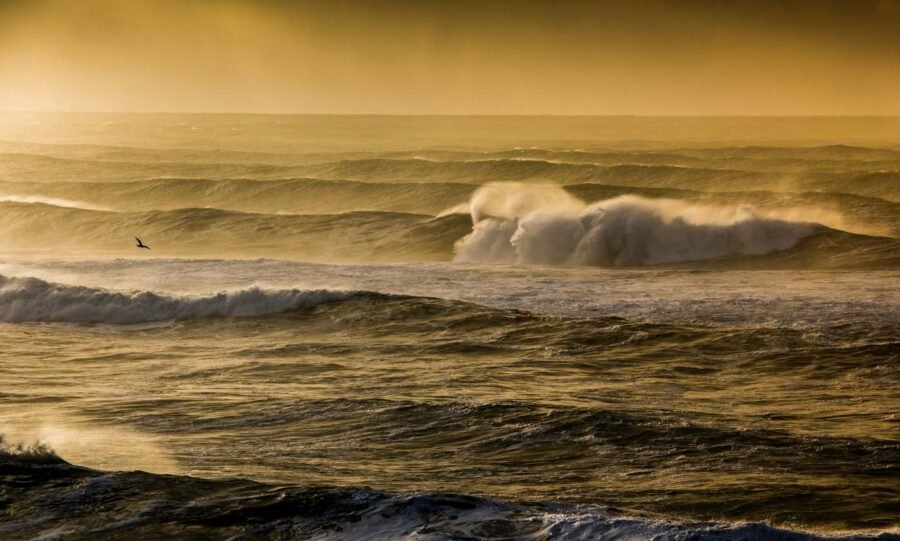
If you’ve paid any attention to local surf forecasts or if you’ve been anywhere near the beach in the past week, you’ve likely heard about California’s high surf advisory. Waves have reached heights of up to 30 feet along California’s coast and in San Diego, alone, some 20-footers have been recorded.
We’ve heard terms like “bomb cyclones” and “atmospheric rivers” and up until a couple days ago, the rolling forecast showed no signs of easing surf. At the time of writing this article, my forecasts are showing lower surf beginning on January 20th, just in time for King Tides. This is important for a couple reasons, so let’s get into what the possible effects of this winter’s abnormally large surf.
Theorizing California High Surf and Our Fishery
A few days ago, I had a joking conversation with a couple buddies regarding this abnormally long stretch of very high surf and I had this to say.
- Theory #1 – All the fish die as the surf zone becomes unsustainable and our fishery is done for. – (joke)
- Theory #2 – This stretch of high surf shreds all the sand away and we have the most epic structure we’ve seen in years.
Obviously, I’m hoping for theory number two to ring true, so that’s what we’ll be talking about today.
Winter Waves Carve the Beach: California High Surf
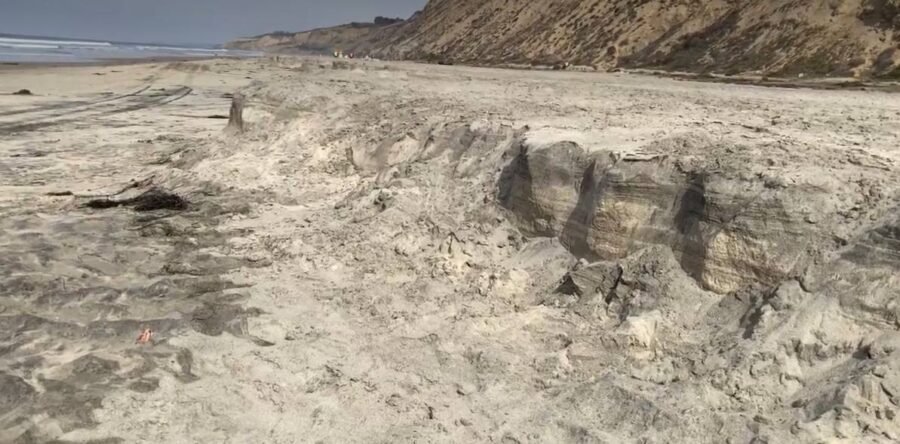
In Southern California, the winter usually brings a few storms and with those storms comes higher surf. Every year, from November to April, our beaches experience seasonal sand loss due to these big waves carving out and washing away existing sand.
The image above shows a beach that can regularly sustain a 7+ foot tide in the summertime because of how much sand it has. But, this photo was taken in November of 2021 just when the surf began to wash away its sand. You can see that there is a ledge or drop-off that’s been created. This little ledge slowly deteriorated and eventually met the bluffs when after a few days of prolonged elevated surf. By March of the following calendar year, this beach only sustained a 4 foot high tide because a whole layer of sand was removed by the storms and high surf.
What Lies Beneath the Sand?

While it might not seem like it, underneath a few feet of sand usually lies reef, rocks, or some sort of hard structure. In some cases, beaches can appear to feature nothing but sand for more than a decade before a big storm rolls through exposing structure unsees for years.
If this occurs, beaches up and down California’s coast could change dramatically. This upcoming king tide could offer a chance to see structure that hasn’t been seen in a really long time and it’s a chance to scope out some new fishing spots for the 2023 season.
Looking to start surf fishing with lures, take a look at the gear and tackle I use.
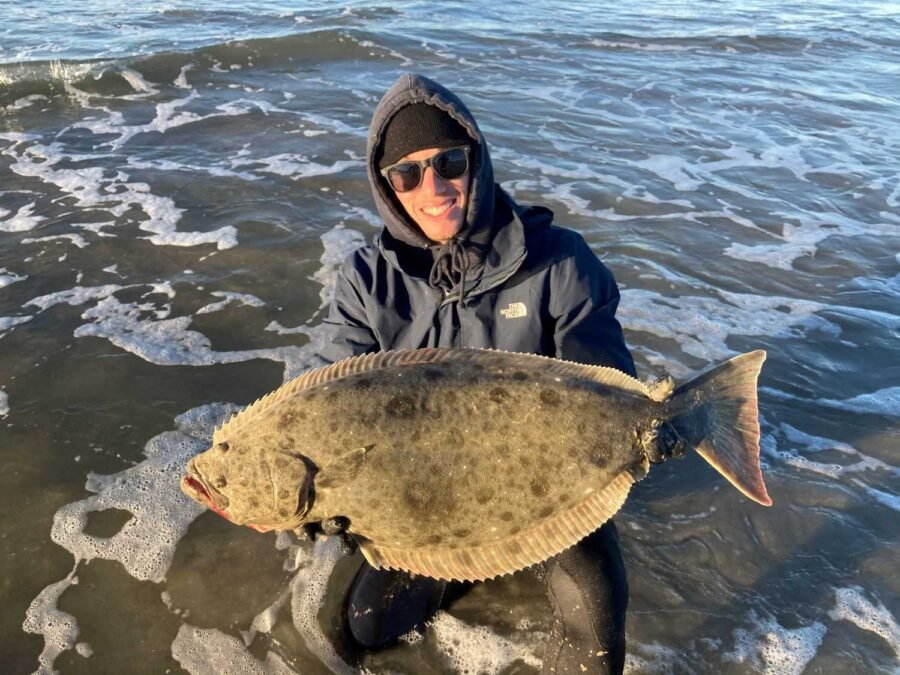
- Rod: Okuma SST-S-902HA – 1/2-2oz | 10-30lb | 9ft | H | MF
- Reel: Penn Spinfisher VI (3500 or 4500)
- Main Line: 30-pound braid
- Leader Line: 30-pound mono
- Lure Options:
- Lucky Craft FM 110 (jerkbait)
- Keitech Fat Swing Impact (4.8″) | Warbaits 0.5-ounce Weedless Jighead
- BioSpawn ExoSwim (4.75″) | Mustad KVD Grip Pin Swimbait Hook (5/0 | 1/8oz) (T Rigged)
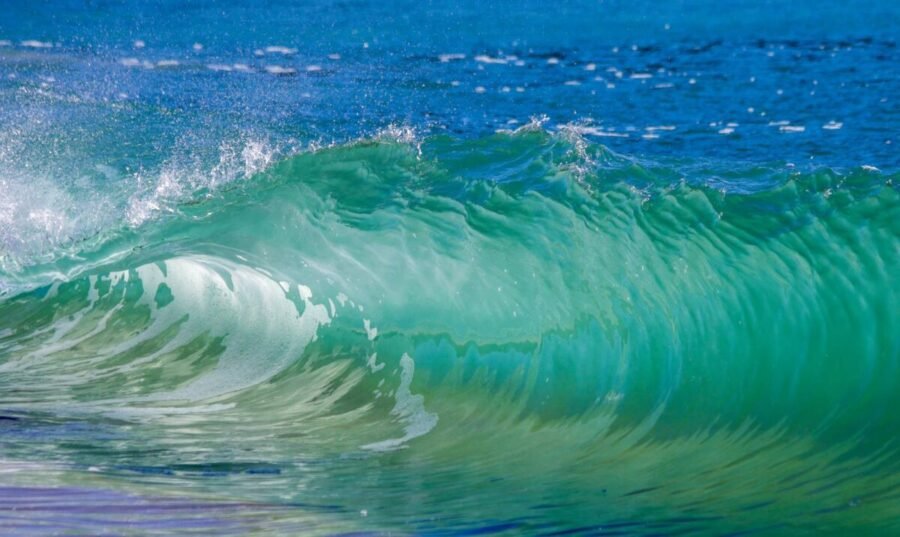
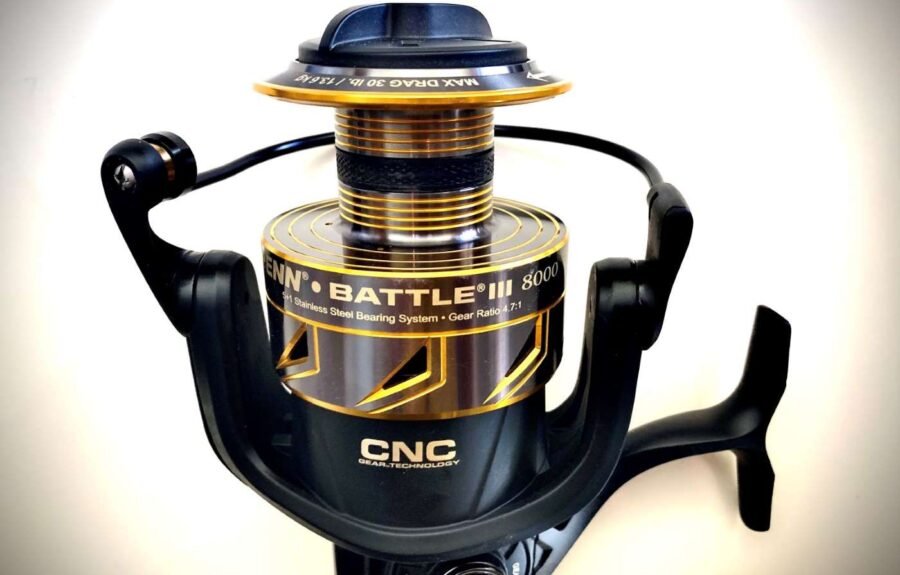

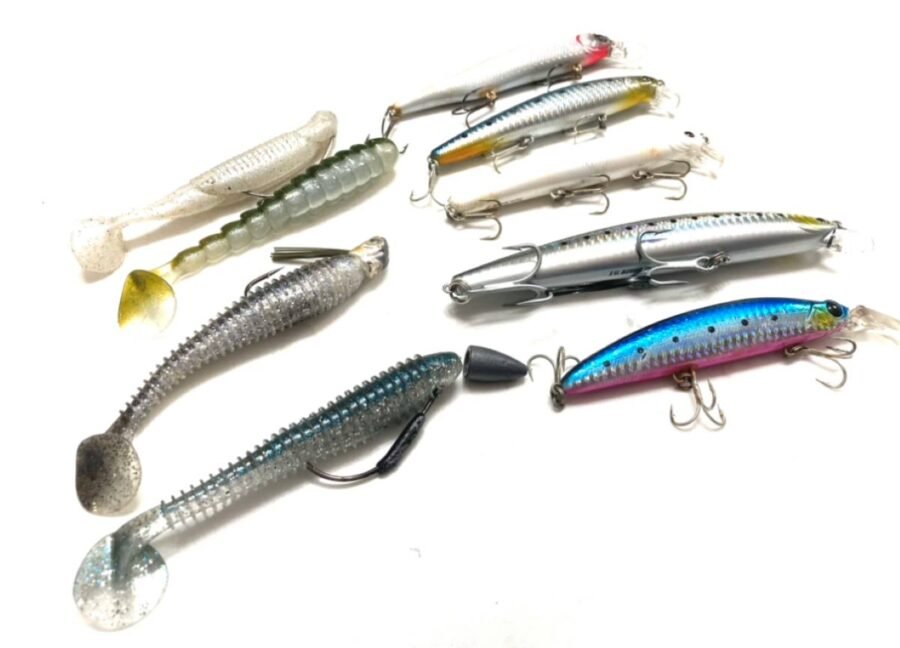
With high surf comes a massive North to South drift. In the past it has taken out clam bed here in the O.C.. I would imagine that it might also take the Sand Crab colonies also.
Yes. Sand crabs disappear every year around October and won’t be back until March-April.
👍🏼
We’ve been in Ventura for 2 weeks. The beach for miles has lost over 6 feet of sand depth easily. The tide pools I haven’t seen in over a year are exposed and much larger than I knew. There is a rock pile like a small jetty that I never knew was there. Lots of structure being exposed. It has been very rough though when the structure is covered at high/ higher tide. Only thing I got was a shovel nose (38″) that a snag on the back with my lure. It was not happy or easy to get in, but it was fun.
That’s very cool! Yah fishing could be rough for the nearterm, but this spring could be very exciting.